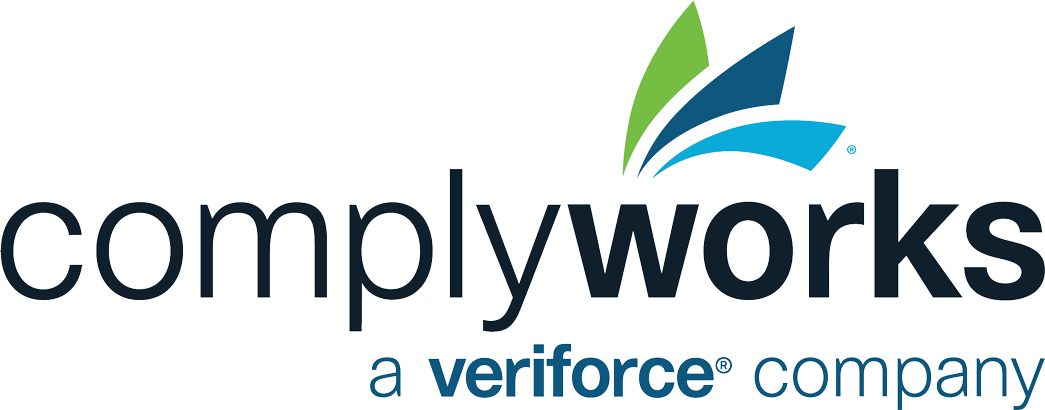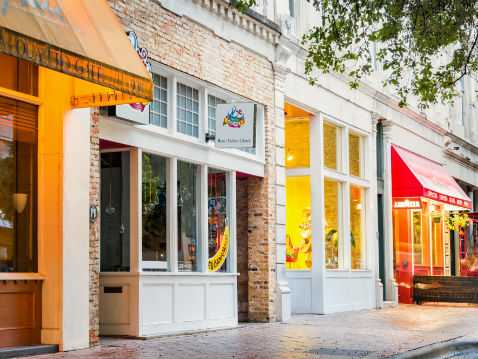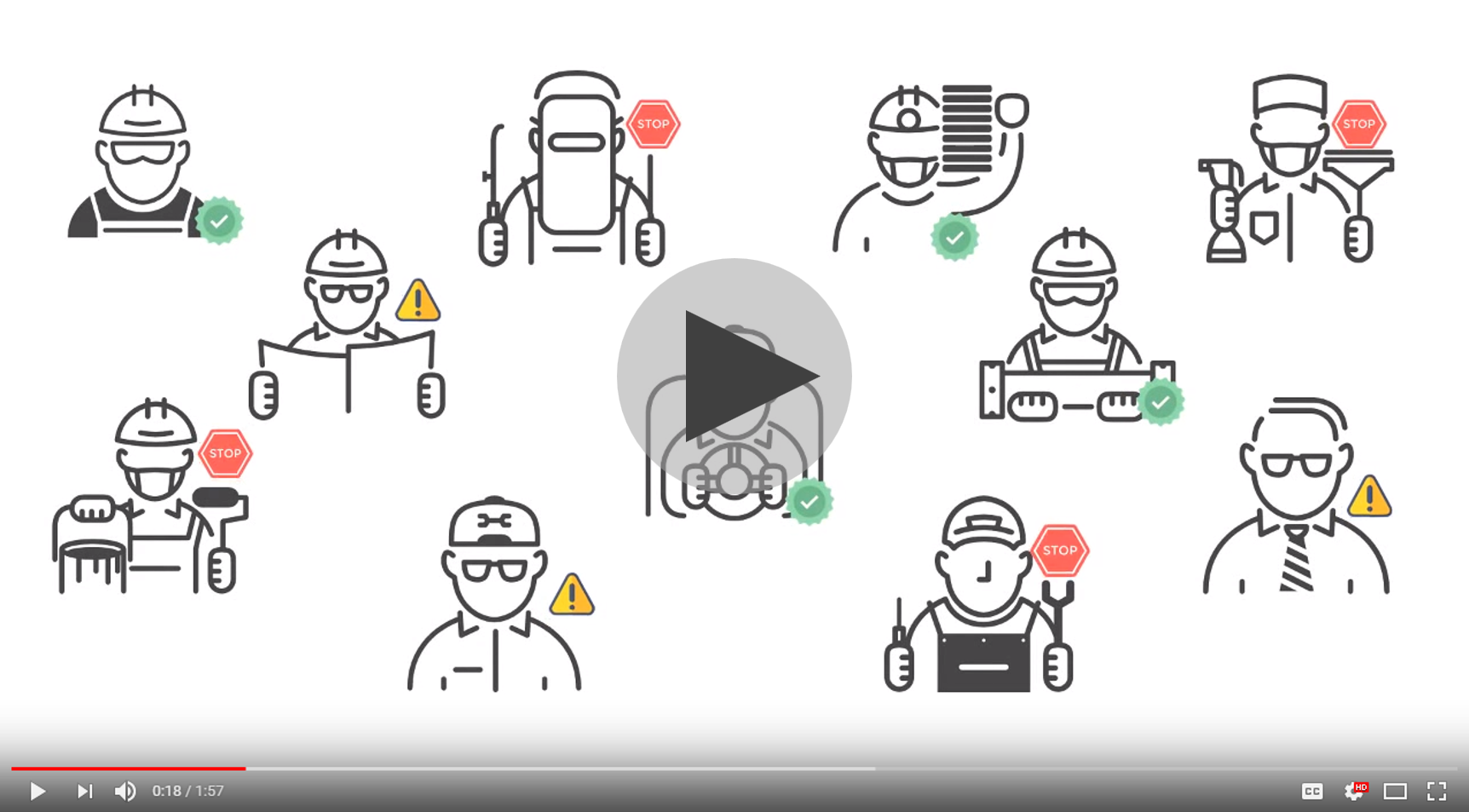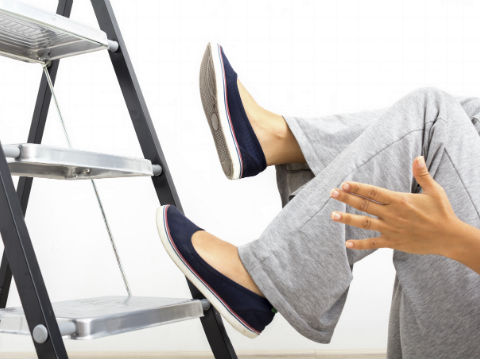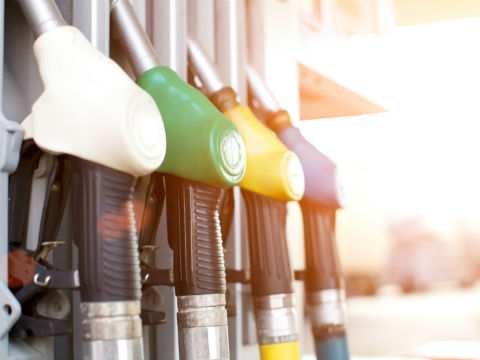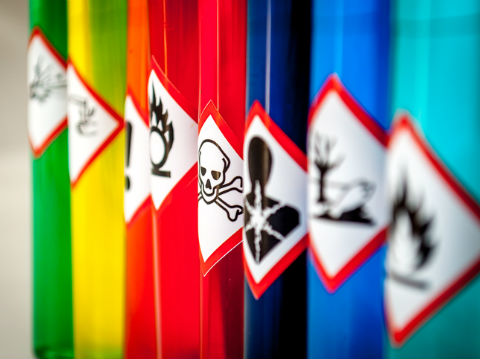Managing commercial real estate is a risky business. As a commercial property manager, what are you liable for? Generally, landlords assume responsibility for the health and safety risks associated with the common areas of a building – but the duty doesn’t end there.
As the saying goes, its better to be safe than sorry, so landlords should always exercise a greater control over the health and safety of their leased property. However, there are certain areas of health and safety where the responsibility may remain with the leasing tenant, or where duties overlap between the tenant and the landlord. Here are the key areas of health and safety that commercial property managers should understand their duties in relation to so that they can remain compliant with regulations:
As the saying goes, its better to be safe than sorry, so landlords should always exercise a greater control over the health and safety of their leased property. However, there are certain areas of health and safety where the responsibility may remain with the leasing tenant, or where duties overlap between the tenant and the landlord. Here are the key areas of health and safety that commercial property managers should understand their duties in relation to so that they can remain compliant with regulations:
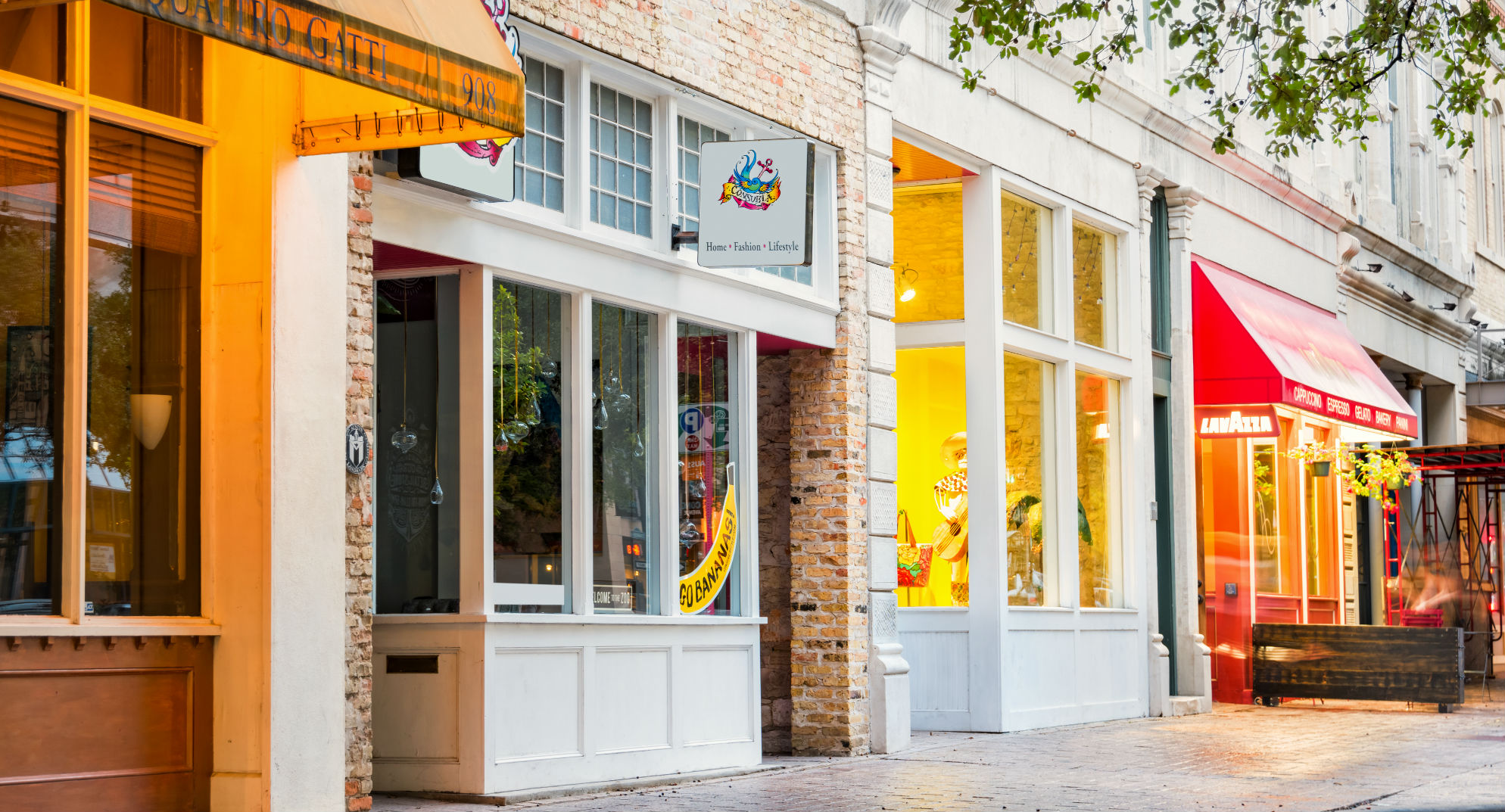
Fire and emergency response
If the tenant is a business and the leased space is used as an office or workplace, they are typically responsible for fire safety and emergency response planning. However, if a landlord retains any responsibility for managing fire risk – such as the case where multiple tenants lease in one building and common spaces/stairwells are managed by the landlord – they may assume the responsibility for fire safety including fire extinguishers, alarms and evacuation plans.Electrical safety
It’s common for a commercial rental lease to outline who is responsible for electrical safety. Landlords or property owners have a general duty to ensure wiring and equipment are working and perform electrical safety checks prior to the commencement of a lease, but tenants remain responsible for assessing the risk of electrical equipment during use.HVAC
When it comes to heating, ventilation and air conditioning, the party responsible for the health and safety of the system is the one that has everyday access to make technical modifications or adjust the equipment. In some cases, this would be the landlord and in others, the tenant. In cases where the responsibility is shared, the liability would more likely remain with the landlord, unless their specific duties are unrelated to the health and safety issue at hand.Asbestos
Like electrical safety, a responsibility for asbestos should be outlined in the lease by the maintenance or repair obligations. In some cases, tenants manage repairs and in others, the landlord. When the agreement is not clearly defined, the liability remains with whoever has more control over the property.General guidelines for commercial landlords and property managers
You may have noticed a common theme above – neither the tenant or landlord are explicitly responsible for the health and safety of a property. Typically, the party that controls the space or equipment is responsible for ensuring health and safety issues are dealt with promptly and properly. The best way to avoid confusion is to plainly highlight responsibilities in the rental lease. If the landlord is primarily responsible for health and safety, they should employ a records system that allows them to track maintenance records by property, including equipment checks, evacuation plans, safety inspections and more.ComplyWorks Workforce Management Solution enables commercial property managers to remain compliant by tracking the health and safety of their properties. From asset monitoring including inspections, maintenance records and regulatory requirements by property, to maintenance monitoring that enables preventive equipment inspections, the Workforce Management Solution is customizable to your unique needs. Learn more about Workforce by watching the video here.
